
- +8615880211820
- [email protected]
- Tongan Industry Park, Xiamen
High quality pp light brown masterbatch K8515 is base on good quality raw materials, which can be strong under sunlight, and used very good for plastic rattan chairs, furniture.
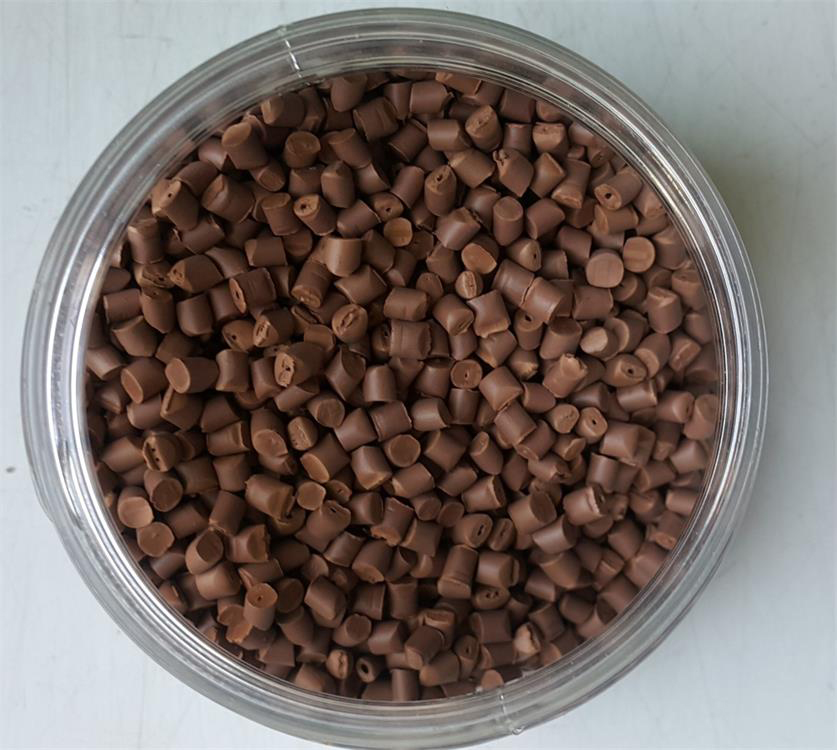
SPECIFICATION DATA SHEET | |||
ITEM | UNIT | VALUES | METHOD |
Color | – | brown | – |
Colorant concentration | % | 10%-40% | – |
Melting point | ℃ | 245-252 | ISO11357-3:1999 |
Melt mass-flow rate/MFR | g/10min | 38 | ASTM D-1238 |
FPV | bar/g | 0.05 | DIN-EN 13900-5 |
Intrinsic viscosity | dl/g | 0.495 | GB17931-2003 |
moisture content | % | ≤0.1 | ASTM D6980-04 |
bulk density | g/ML | 0.907 | GB/T 1636-1979 |
color difference△E | ≤ | 0.3 | △E≤0.5 |
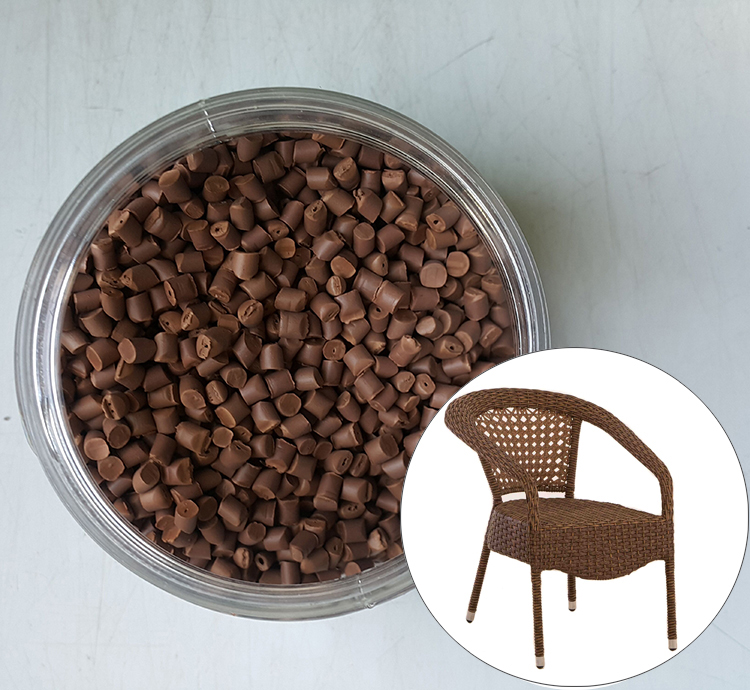
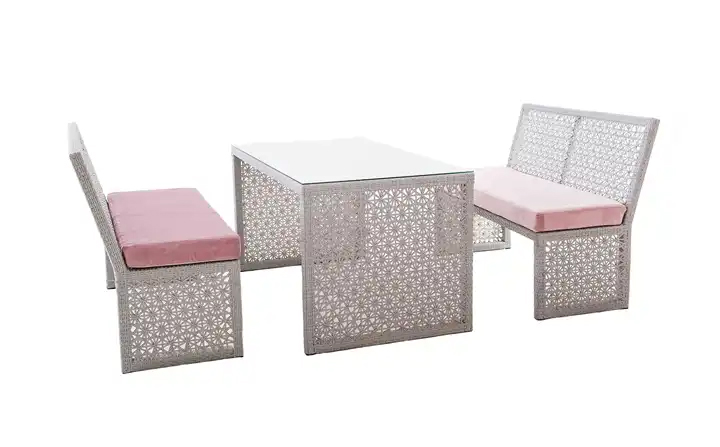
– High quality;
– Excellent dispersing;
– Excellent heat-resistant;
– Small qty acceptable, OEM welcome;
– Various colors for choices;
– Fast delivery(1-3 days).
In the realm of plastic manufacturing, the utilization of masterbatches plays a pivotal role in achieving desired colors and enhancing product properties. One such essential component is the PE PP Brown Masterbatch, meticulously crafted for applications like artificial rattan garden chairs. Let’s delve into the features, applications, and specifications of this brown masterbatch, ensuring a seamless integration into your plastic production processes.
Brown masterbatch is a carefully formulated mixture of brown pigment, resin, and assorted additives. Designed specifically for imparting a rich brown hue to end-products, this plastic colorant contains a high concentration of brown pigment, along with other additives such as UV resistance, flame retardant, or anti-static agents. These additives are tailored to meet the specific requirements of the final products.
The masterbatch boasts excellent dispersion properties, ensuring an even color distribution. Its high compatibility with various primary resins makes it a cost-effective choice for a wide array of plastic products. Whether used in automotive parts, household appliances, toys, or packaging materials, the brown masterbatch enhances the aesthetic appeal while optimizing the inherent properties of plastics.
With over 25 years of experience in plastic manufacturing, our company takes pride in offering premium quality brown masterbatch. Our masterbatch is expertly formulated to be highly compatible with primary resins, ensuring an even color and optimal performance in your end products. Trust us for the most compatible and supreme quality brown masterbatch.
Brown masterbatch, presented in granular form, is a versatile solution used in various plastic production processes, including film, extrusion, injection molding, and foaming. Its support properties for plastic products, combined with its color-enhancing function, make it a go-to choice for numerous applications, such as:
To ensure optimal performance, the PE PP Brown Masterbatch adheres to specific specifications:
Aside from its color-enhancing properties, the brown masterbatch is crafted with environmental consciousness in mind. The masterbatch is not only aesthetically pleasing but also environmentally friendly, aligning with the growing demand for sustainable plastic solutions.
In conclusion, the PE PP Brown Masterbatch serves as an indispensable component in the world of plastic manufacturing, bringing color vibrancy and enhanced properties to a diverse range of products. With a commitment to quality, compatibility, and environmental responsibility, our masterbatch stands as a reliable choice for manufacturers seeking to add a touch of elegance and durability to their plastic creations.
Our company is over 20 years in plastic masterbatch industry, we specialize in researching and produce all kinds of Color masterbatches, functional masterbatch, fiberglass reinforced plastics and burning resistant plastic raw materials, located in Tong’an Industry Park of Xiamen City in China.
In conclusion, we are professional in producing all kinds of plastic masterbatch, including additive master-batch, functional masterbatch, PE flame retardant masterbatch, ABS flame retardant masterbatch, Anti-Oxygen masterbatch, Anti-UV masterbatch, Anti-bacterial masterbatch, Antiblock masterbatch, and some other additive masterbatches.
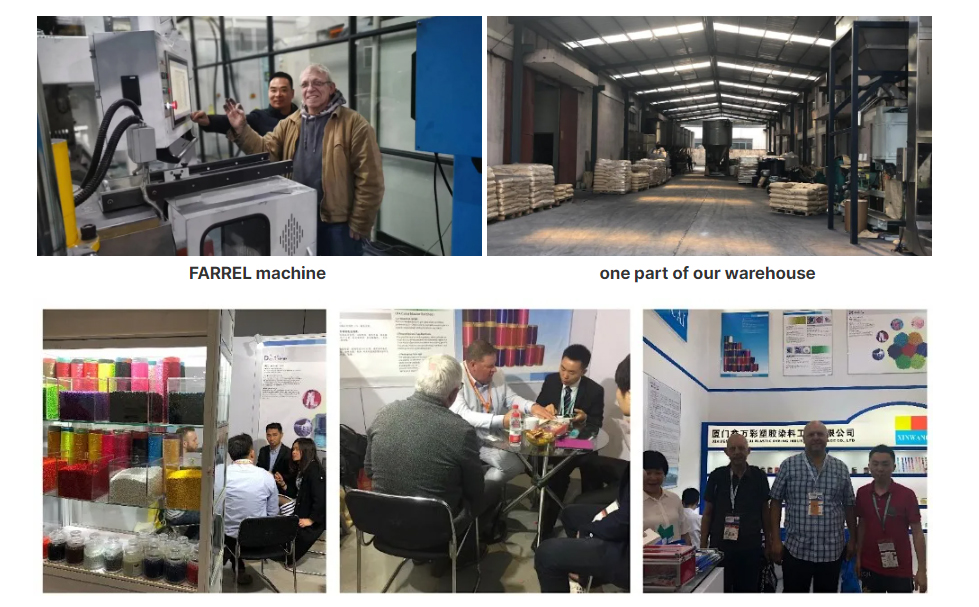
Our company is over 20 years in plastic masterbatch industry, we specialize in researching and produce all kinds of Color masterbatches, functional masterbatch, fiberglass reinforced plastics and burning resistant plastic raw materials, located in Tong’an Industry Park of Xiamen City in China.
In conclusion, we are professional in producing all kinds of plastic masterbatch, including additive master-batch, functional masterbatch, PE flame retardant masterbatch, ABS flame retardant masterbatch, Anti-Oxygen masterbatch, Anti-UV masterbatch, Anti-bacterial masterbatch, Antiblock masterbatch, and some other additive masterbatches.
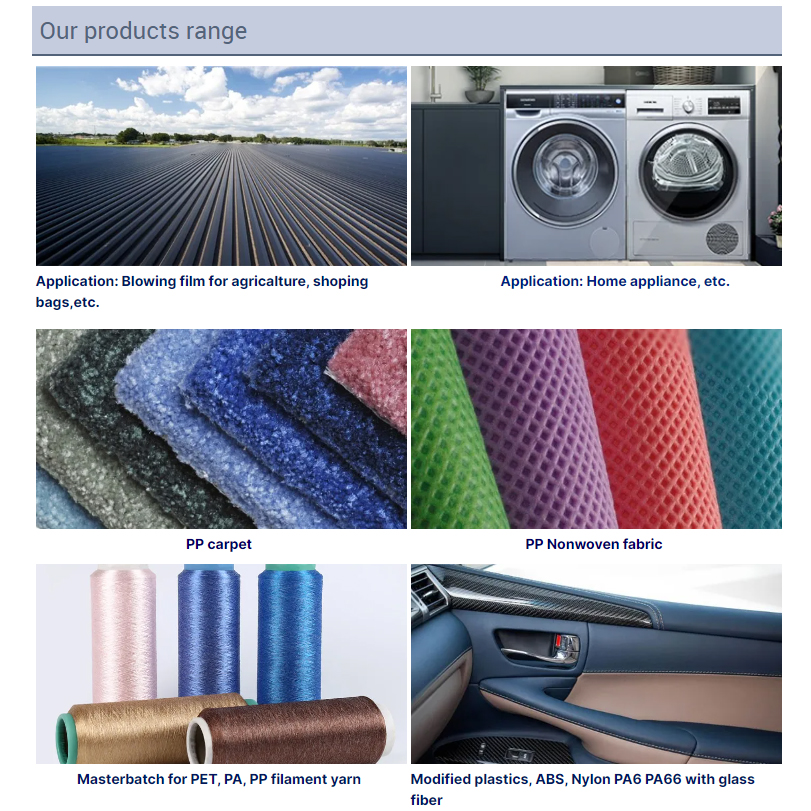
Our masterbatches find a multitude of applications across diverse industries. Whether in plastics, textiles, or various manufacturing processes, our masterbatches play a pivotal role in enhancing product quality and performance. With customizable formulations, they offer color consistency, UV protection, flame resistance, and more, making them the go-to solution for countless applications. From automotive parts to packaging materials, our masterbatches are the trusted choice for achieving superior results across a wide spectrum of industries.
Our custom masterbatches are designed to match specific polymers, ensuring optimal performance when incorporated into your selected material. We have the capability to produce masterbatches suitable for a variety of polymers mentioned below, and many more. If you’re working with a material that isn’t listed here, please don’t hesitate to reach out to our knowledgeable technical team to explore the possibility of meeting your specific needs.
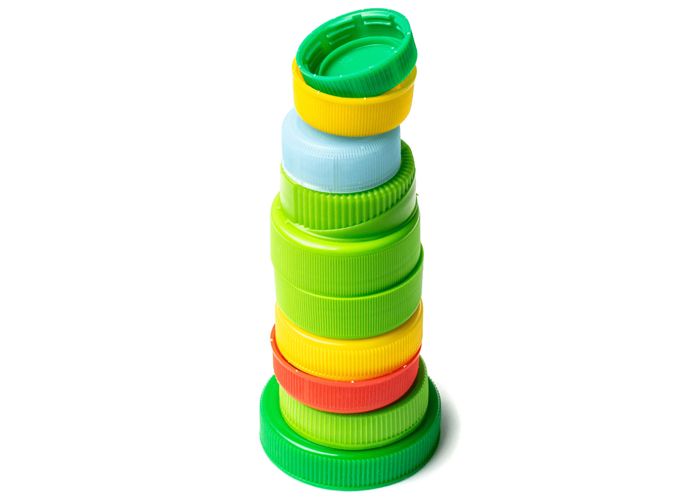
Low Density Polyethylene – Somewhat more translucent than HDPE and considerably more pliable, primarily employed in flexible packaging, tote bags, pliable tubing, film applications, and similar uses. Like HDPE, it has limited transparency characteristics. It exhibits outstanding chemical resistance to alcohols, acids, and alkalis but has restricted resistance to hydrocarbon solvents and mineral oils. Prolonged exposure to UV radiation can initiate degradation.
High-Density Polyethylene – Featuring a somewhat milky-white appearance, this material finds wide application in rigid bottle packaging, injection-molded caps and closures, crates, and more. Its natural opacity can limit the degree of transparency attainable. HDPE exhibits superior chemical and solvent resistance when compared to LDPE.

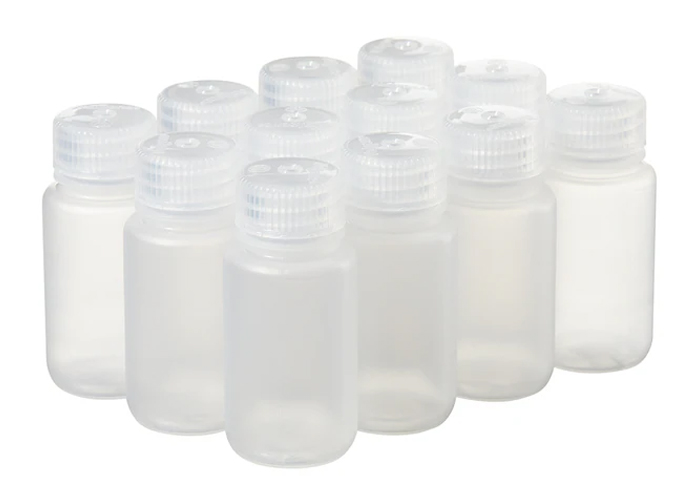
PPCO Random & PPHO – A polymer with moderate clarity, employed in the production of caps and closures. It is also utilized for crafting household items, buckets, toys, and storage containers. Polypropylene offers flexibility without significant limitations on color or special effects. Random copolymer boasts greater clarity compared to homopolymer and is better suited for creating translucent shades.
PPCO Block – Similar to PPCO but enhanced for increased impact resistance. An additive renders the polymer white, resulting in high opacity. This characteristic may limit the achievable transparency.
Polyethylene Terephthalate (PET) – Polyester materials exhibit robust mechanical strength along with excellent chemical resistance and barrier properties. PET is frequently chosen for the production of carbonated beverage containers. Moreover, polyester can be spun and employed in textile manufacturing for clothing. PET is highly transparent, making it an excellent choice for translucent packaging, although a subtle hint of “yellowing” may impact extremely light tints.

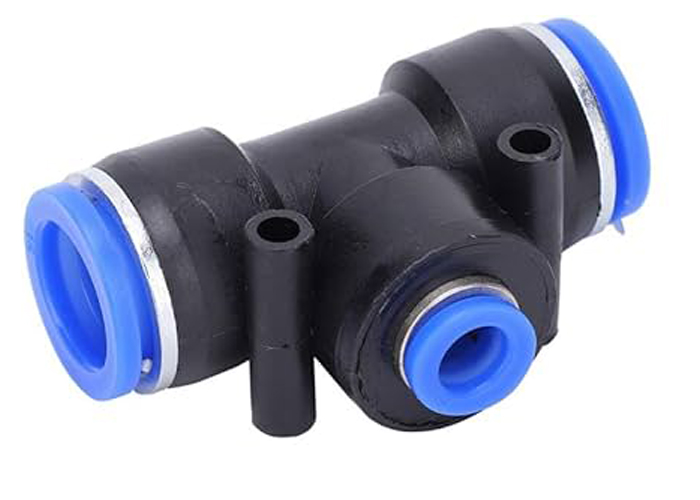
Polybutylene Terephthalate – A crystalline thermoplastic engineering polymer frequently employed as an insulating material within the electronics sector. This substance belongs to the polyester category, showcasing a remarkable equilibrium of attributes and processing qualities.
General Purpose Polystyrene – Exhibiting a glass-clear appearance but possessing minimal impact resistance, this material finds its primary application in CD cases. Its notable clarity renders it suitable for creating translucent hues, although an occasional violet tint may be discernible.
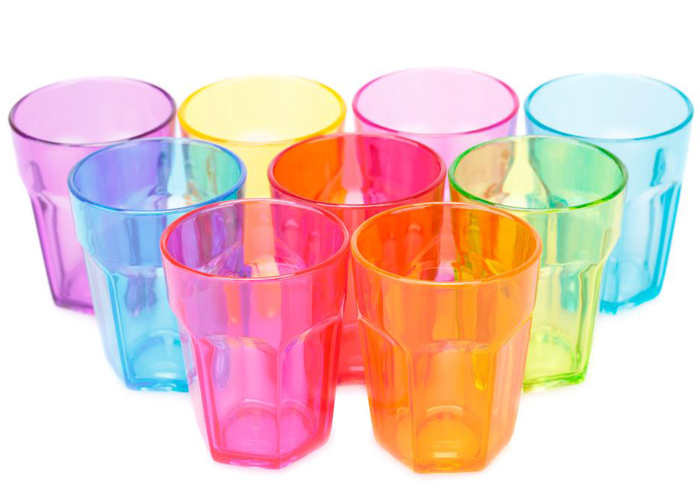
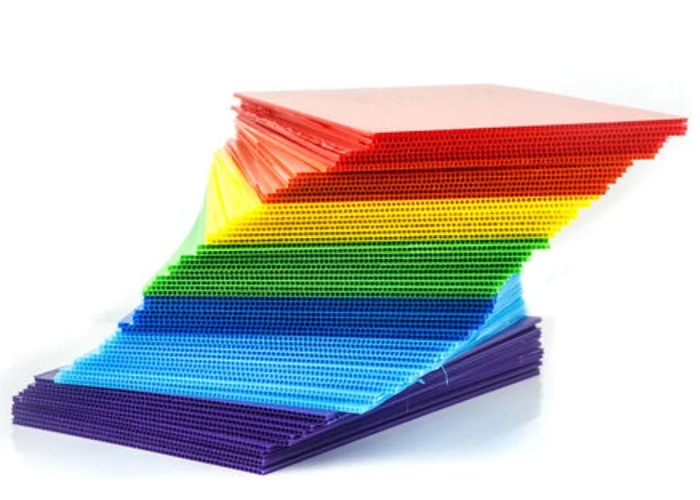
High Impact Polystyrene – Derived from GPPS by incorporating an impact-enhancing agent to boost its resistance to impacts. This added component results in the polymer becoming white, and different formulations provide varying degrees of opacity. Typically employed in the fabrication of game pieces, toys, and similar items. Its pronounced whiteness can pose challenges when aiming for translucent coloration. Specialized alternatives like K-Resin and Styrolux are accessible in the market to attain the same level of translucency as GPPS.
Acrylonitrile Butadiene Styrene (ABS) – A more robust iteration of High Impact Polystyrene (HIPS) employed in high-value components. ABS exhibits greater durability compared to HIPS-made components, although it encounters similar challenges when attempting to achieve translucent colorations. Just like HIPS, ABS offers specialized translucent variants. Owing to its durability, ABS is commonly used in crafting casings for power tools.

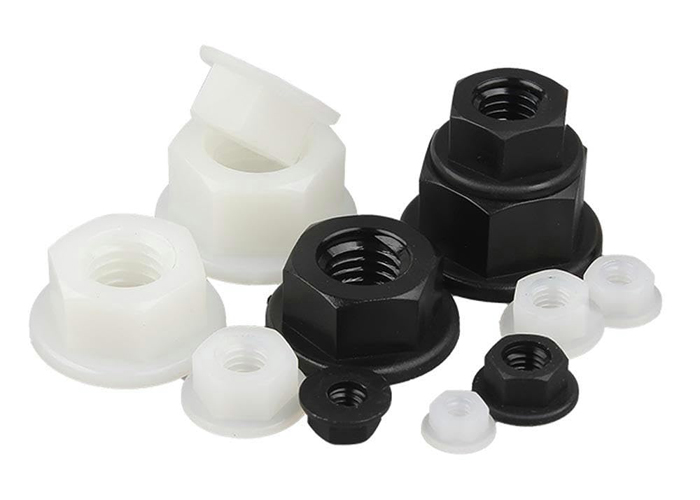
Polyamide (6, 66) – Nylon represents a versatile grade extensively employed in mechanical construction and maintenance. Its popularity stems from its excellent blend of mechanical strength, rigidity, mechanical damping characteristics, and effective electrical insulation capabilities. Consequently, nylon is a preferred material for manufacturing electrical enclosures. PA66 serves as a common alternative to metal across diverse applications, with its chemical and physical attributes closely resembling those of PA6. PA6 exhibits superior impact resistance and resistance to solvents, albeit with a heightened susceptibility to moisture absorption.
Styrene Acrylonitrile Copolymer – Possessing transparency and outstanding chemical and heat resistance, SAN also boasts good rigidity, tensile strength, and flexural strength. Thanks to its high-gloss finish, SAN is commonly chosen for cosmetic packaging purposes. However, achieving light tint colors with SAN can be challenging due to the violet dyestuffs inherent in the material, which are utilized to enhance its visual appearance during manufacturing.
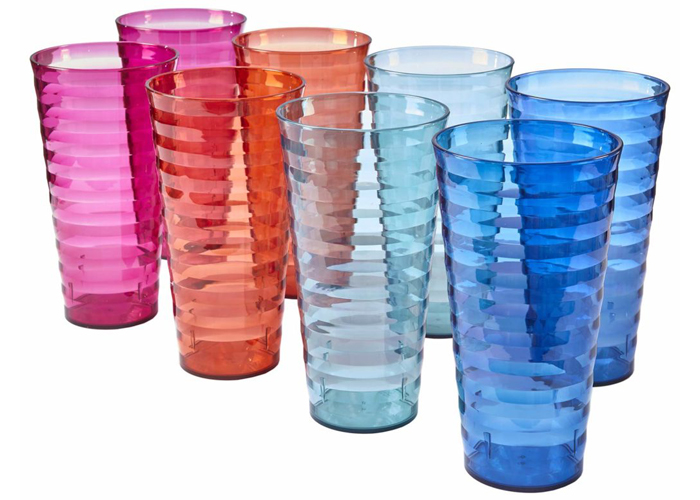

Polyethylene Terephthalate Glycol – PET with the incorporation of glycol. This glycol addition enhances flow properties but diminishes strength. PETG can be extruded to create bottles and can be formed into sheets for producing ‘blister’ style packaging.
Thermoplastic Elastomer (TPE) or Thermoplastic Polyurethane (TPU) – TPU finds diverse uses in applications such as automotive instrument panels, caster wheels, power tools, medical devices, as well as various extruded film, sheet, and profile applications. TPEs are employed across a wide range of applications in industries spanning automotive, medical, construction, electrical, appliances, packaging, and industrial sectors.
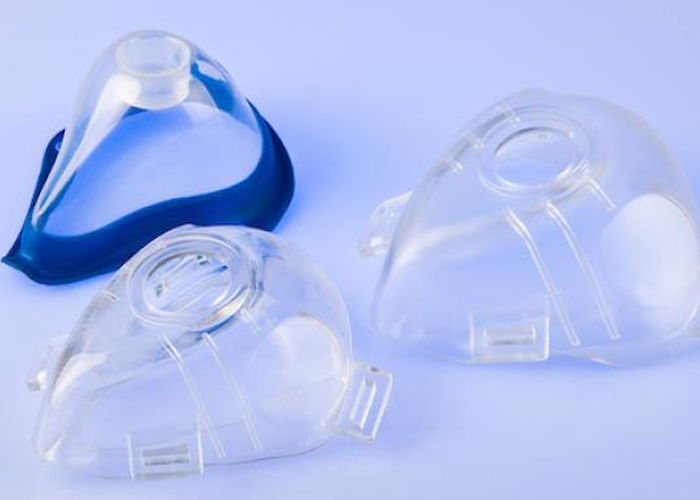
Frequently asked questions about our masterbatch

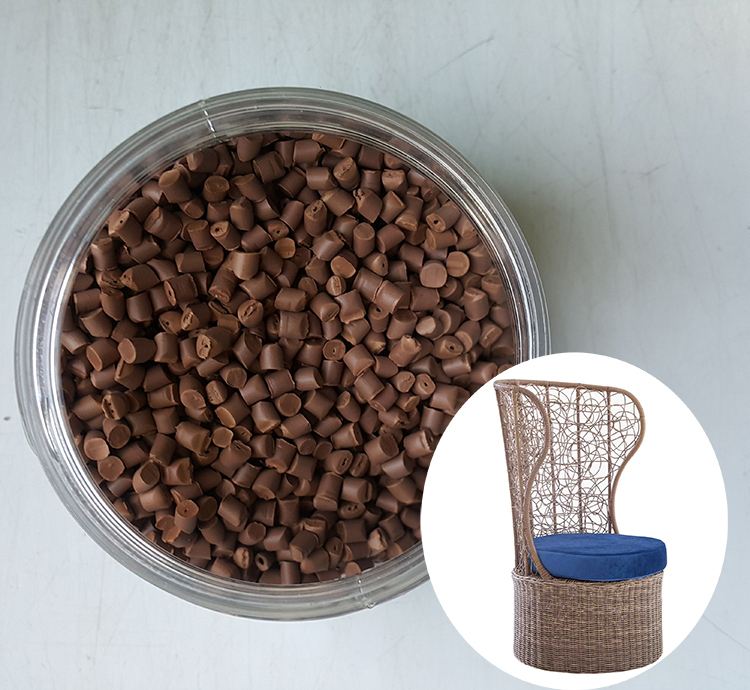


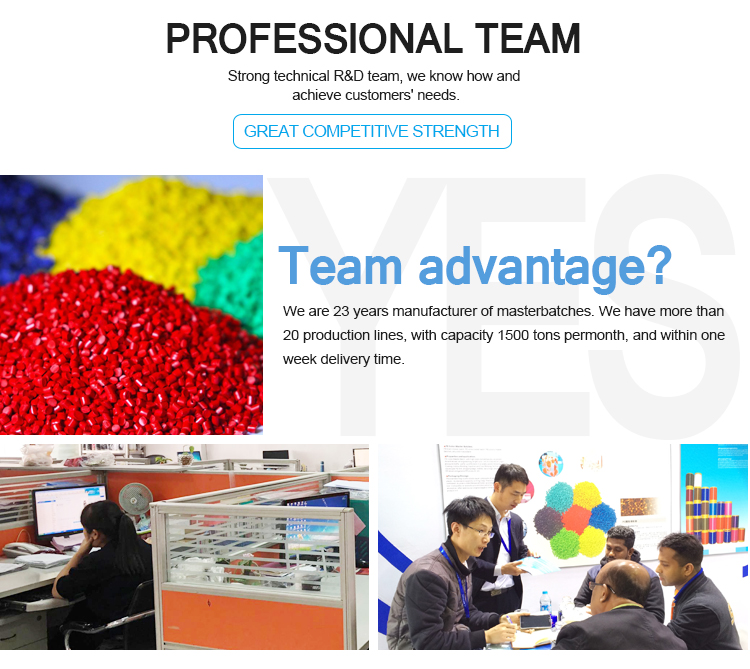
©2023. Masterbatch Manufacturer All Rights Reserved.
Our team will send back the best offer in 20 minutes.